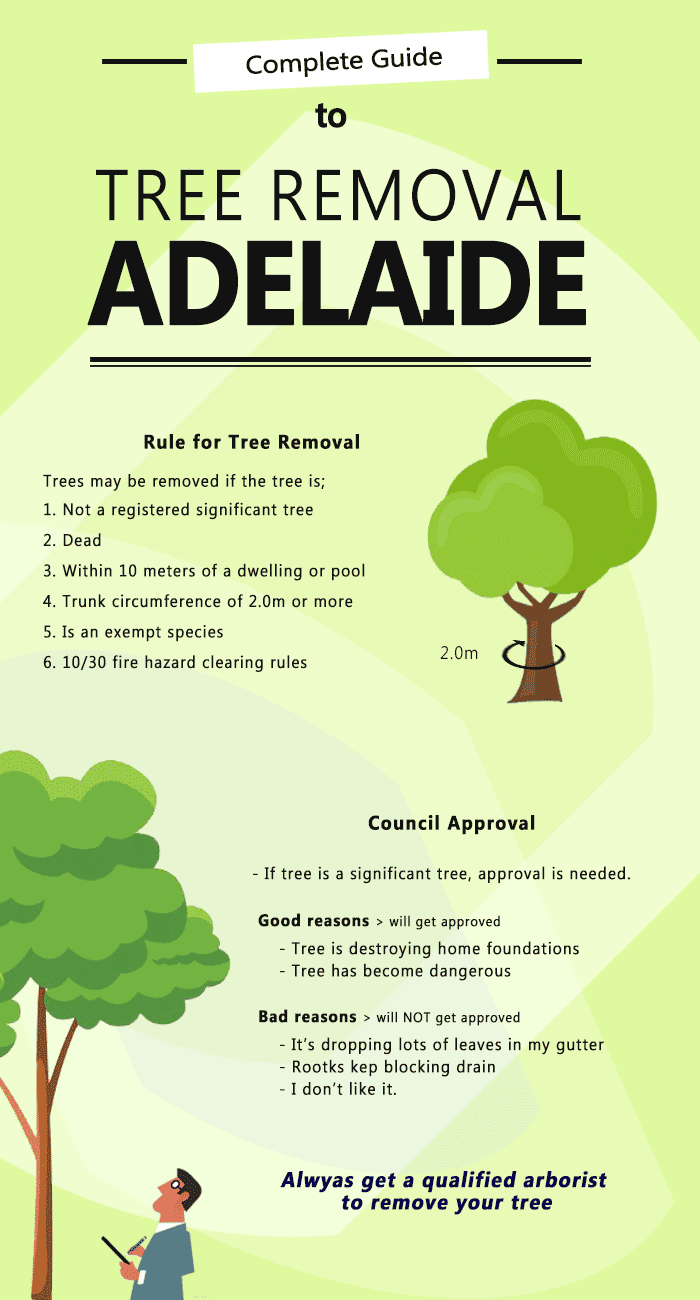Warning Signs For Tree Elimination: Just How To Spot Unsafe Trees
Warning Signs For Tree Elimination: Just How To Spot Unsafe Trees
Blog Article
Material Author-Winther Connell
When it comes to tree treatment, recognizing the indicators that it's time for removal is important for your safety and property. You could observe stained leaves, wilting branches, or odd fungal growths indicating health problems. Structural problems, like a substantial lean or cracks in the trunk, can likewise pose risks. Understanding Pruning Rubber Tree warning signs can help you make informed choices concerning your trees and protect against potential threats hiding in your backyard. What should you search for next?
Signs of Decay and Condition
When you discover indicators of decay and condition in your trees, it's important to act rapidly. Try to find blemished leaves, wilting branches, or unusual growths like fungus. These can suggest that your tree is battling.
If you see fractures in the bark or soft, mushy timber, these signs and symptoms suggest inner decay. Additionally, a sudden increase in bugs around your tree can signify that it's compromised and at risk.
Look for any dead or passing away limbs, as they present a risk to your home and safety and security. If When To Prune Holly Trees concerning what you see, consulting an arborist can give clarity.
Attending to these indicators early can save you from more substantial damages and guarantee the health of your yard. Don't wait till it's too late.
Structural Instability and Leaning
As you observe your trees, watch out for any signs of architectural instability or leaning. If a tree leans dramatically, it might suggest that the root system is jeopardized.
Look for any splits in the trunk or dirt around the base; these can signify prospective failure. In addition, look for uncommon growth patterns, like a lopsided crown, which might suggest that the tree is battling to hold itself upright.
If you see that the tree leans toward your home, high-voltage line, or other structures, it poses a higher risk. Do not ignore these indications-- seek advice from an arborist to evaluate the scenario.
Acting early can protect against expensive damages and ensure your security.
Dead or Perishing Branches and Vegetation
If you notice dead or dying branches and vegetation on your tree, it's a clear indicator that something's incorrect.
These undesirable areas can show underlying problems like illness, pest problems, or ecological anxiety. When branches lose their fallen leaves or transform brownish, they're no longer contributing to the tree's wellness. Overlooking these indicators could bring about further decline, making your tree much more hazardous.
Dead branches can easily break off during storms, presenting a risk to residential or commercial property and individuals nearby. It's critical to analyze the extent of the damages.
If the trouble influences a significant part of the tree, take into consideration seeking advice from a professional. They can aid establish if elimination is necessary to make certain security and maintain the beauty of your landscape.
Verdict
If you discover any indications of degeneration, structural instability, or dead branches on your trees, don't disregard them. These indications can position significant security threats to you and your residential or commercial property. Stump And Tree Removal Near Me 's constantly best to consult an expert arborist that can give a specialist evaluation of your trees. Doing something about it early can prevent accidents and expensive damage, ensuring your landscape continues to be risk-free and healthy. Keep in mind, it's far better to be proactive regarding tree treatment than to await a catastrophe to happen.
